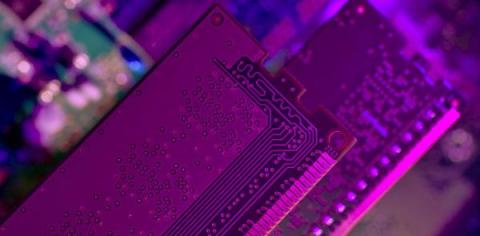Security | Threat Detection | Cyberattacks | DevSecOps | Compliance
Testing
7 Challenges of Embedded Software Security Testing in 2023
We live in a world that depends on embedded software. It’s in the cars we drive, the elevators we take and the airplanes we travel in. As these systems become more and more complex, it becomes increasingly challenging to ensure that the interaction between embedded software and hardware remains functional and secure. Due to the nature of embedded systems and the devastating consequences of failures, many traditional testing methods fall short of providing adequate security for them.
How to Find Bugs In Java at Scale With CI Fuzz CLI and JUnit | Code Intelligence
Say Hello to SpiderLabs: Trustwave Security Testing
Trustwave SpiderLabs is among the most well-respected teams in the cybersecurity industry, having gained a reputation for conducting cutting-edge research, plying the foggy corners of the darkweb for information, and detecting and hunting down threats. What is less well known is how Trustwave’s SpiderLabs’ various teams’ function and then pull together to create the formidable force that is the backbone of all Trustwave’s offerings.
Shift-Left Testing and Its Benefits
Testing practices have been shifting left in the software development process due to the growing challenge of developing and delivering high-quality, secure software at today’s competitive pace. Agile methodologies and the DevOps approach were created to address these needs. In this post, we’ll map out the basics of shift-left practices in the DevOps pipeline and discuss how to shift left your open source security and compliance testing. Contents hide 1 What does shift left mean?
Commando VM: An Introduction
Commando VM is a testing platform that Mandiant FireEye created for penetration testers who are more comfortable with the Windows operating system. Windows Commando VM is essentially the sister to Kali Linux, a Linux testing and malware analysis platform widely used by the penetration testing community. These security testing platforms are packaged with all the common solutions and scripts that a pentester would need for offensive testing.
Mock Testing Embedded Systems With Fuzz Data
Mock testing, also called mocking, is an integral part of the embedded software development process as it allows you to test your code without relying on actual hardware. This can be extremely helpful when trying to debug your code or test new features. During fuzzing testing, applications are tested using unexpected or invalid inputs. Modern fuzzers generate these inputs based on feedback about the SUT’s interaction with previous test inputs.
The Benefits of Negative Testing in Software Testing
In software testing, negative testing refers to the practice of feeding a system with unexpected or invalid inputs. Given an input field that accepts numeric values from 0-100, positive tests would assess if the application does what it's supposed to do, given input values such as "1", "2" or "99".
Writing unit tests in Java
Testing is a crucial best practice when developing software. Unit testing is one of the numerous strategies we can use to ensure our code is functional and optimal. As developers, we can code unit tests to check individual components (units) of the application code, such as a specific method. The idea is to write one or more unit tests for each code section and run them every time a change is made to catch defects as soon as they are introduced into the codebase.











